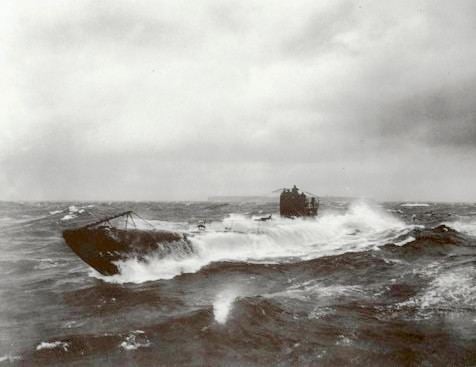Name UB-123 Yard number 296 Fate Sunk 19 October 1918. Draft 3.72 m | Ordered 6/8 February 1917 Commissioned 6 April 1918 Launched 2 March 1918 | |
 | ||
Cost 3,654,000 German Papiermark | ||
SM UB-123 was a German Type UB III submarine or U-boat in the German Imperial Navy (German: Kaiserliche Marine) during World War I. She was commissioned into the German Imperial Navy on 6 April 1918 as SM UB-123.
She torpedoed and sunk Leinster a vessel operated by the City of Dublin Steam Packet Company on 10 October 1918, shortly after the new German Government had asked President Wilson to negotiate an armistice. Leinster went down just outside Dublin Bay. Over 500 people perished in the sinking — the greatest single loss of life in the Irish Sea.
UB-123 struck a mine at the North Sea Mine Barrage on 19 October 1918, all 36 crew members died in the event.
Construction
She was built by AG Weser of Bremen and following just under a year of construction, launched at Bremen on 2 March 1918. UB-123 was commissioned later the same year under the command of Oblt.z.S. Robert Ramm. Like all Type UB III submarines, UB-123 carried 10 torpedoes and was armed with a 10.5 cm (4.13 in) deck gun. UB-123 would carry a crew of up to 3 officer and 31 men and had a cruising range of 7,280 nautical miles (13,480 km; 8,380 mi). UB-123 had a displacement of 512 t (504 long tons) while surfaced and 643 t (633 long tons) when submerged. Her engines enabled her to travel at 13.9 knots (25.7 km/h; 16.0 mph) when surfaced and 7.6 knots (14.1 km/h; 8.7 mph) when submerged.
